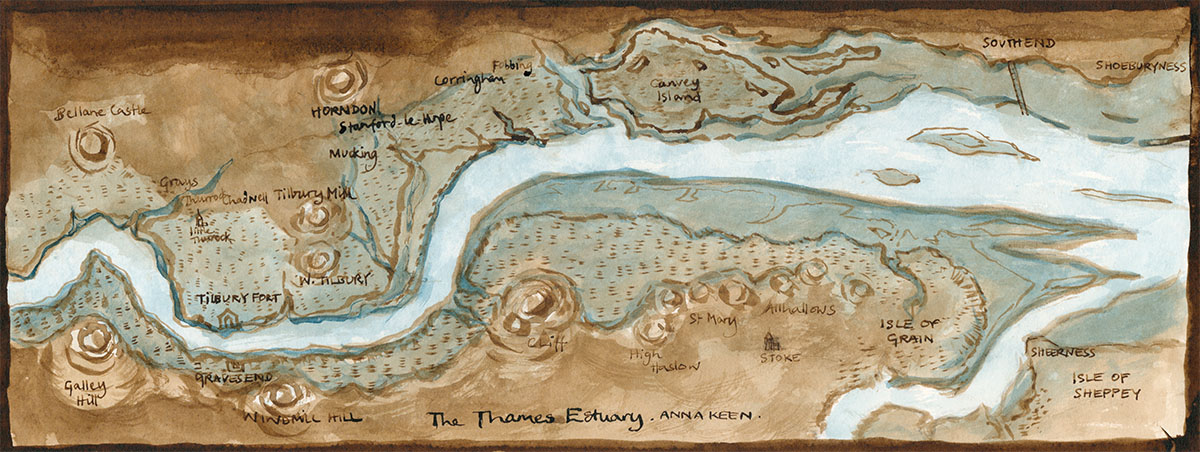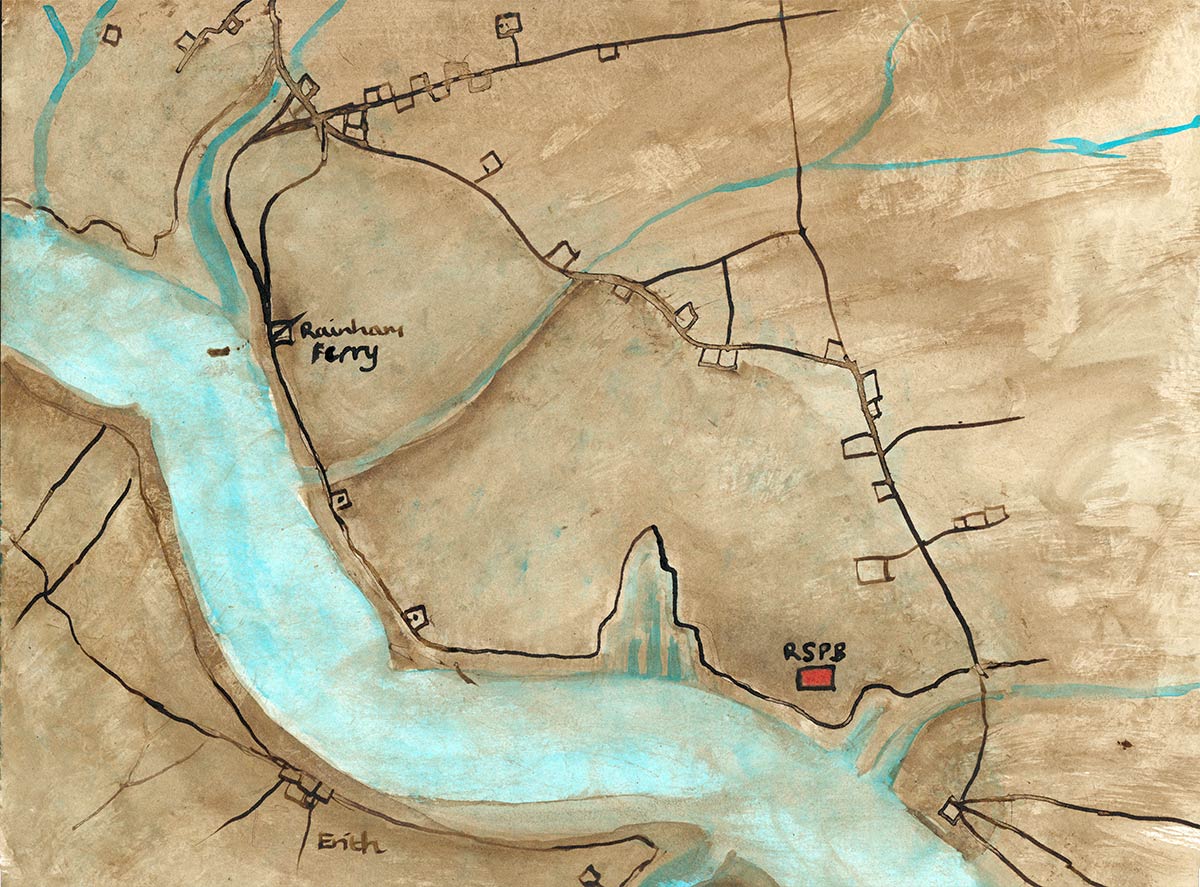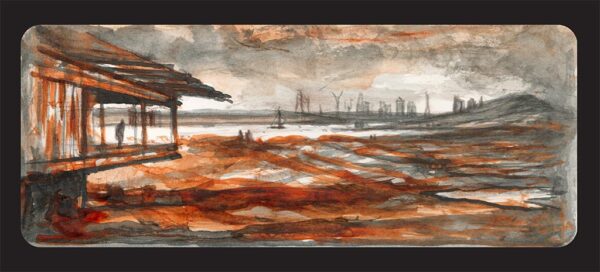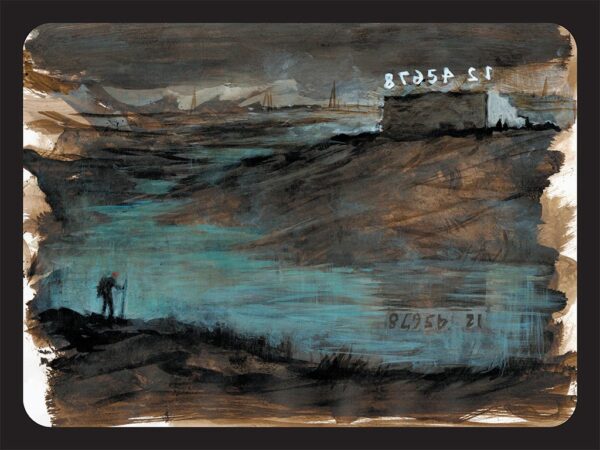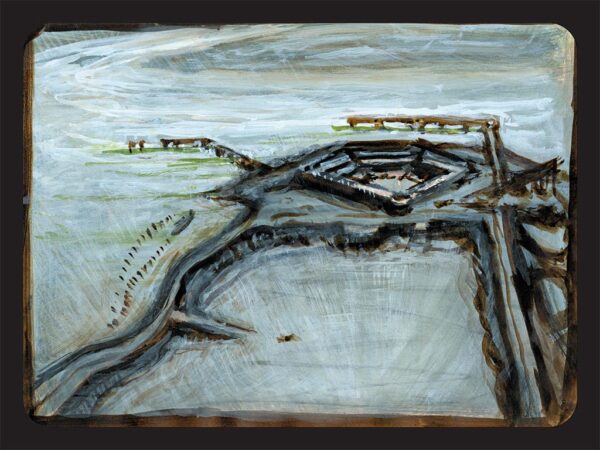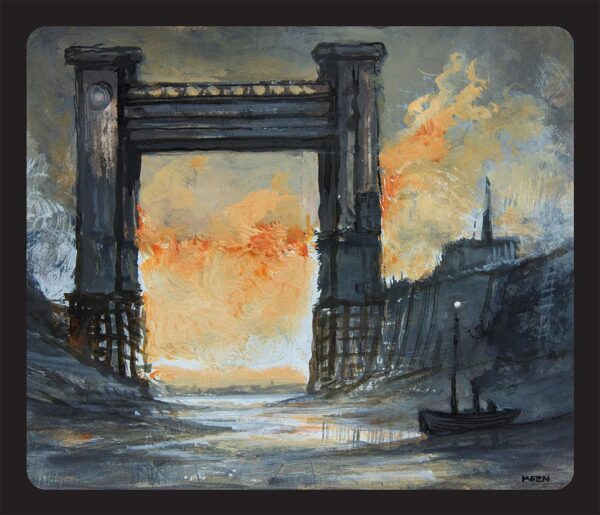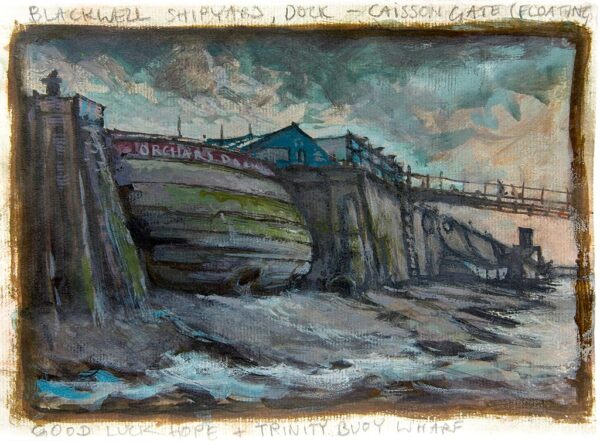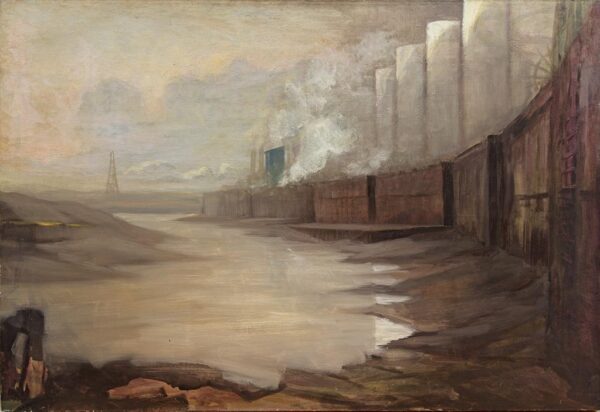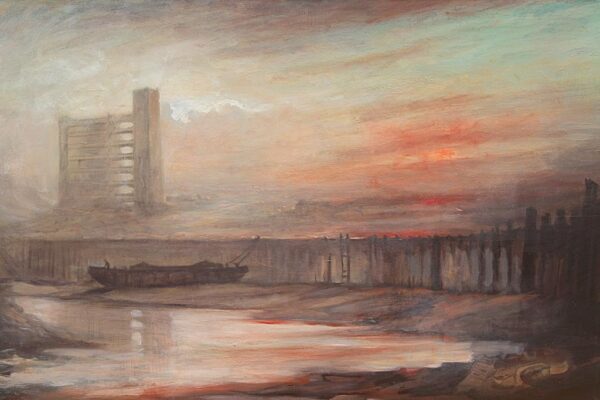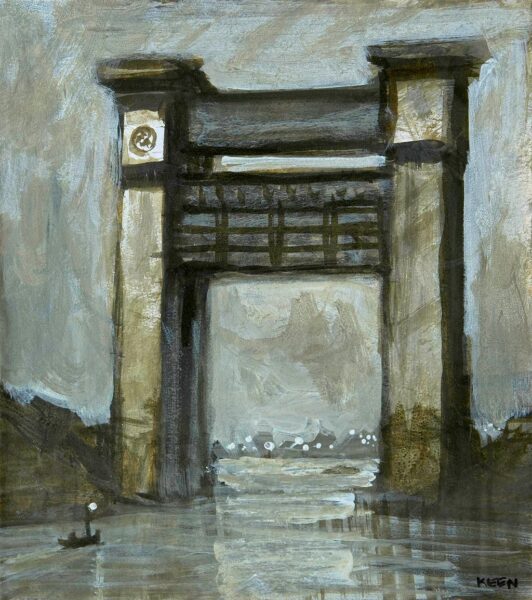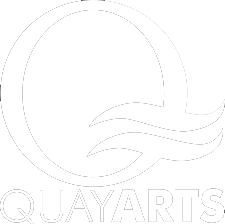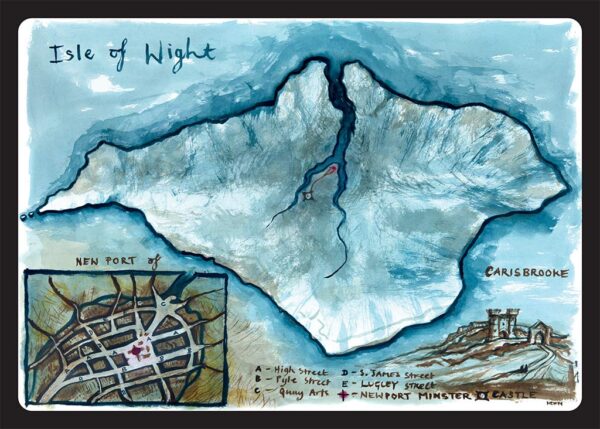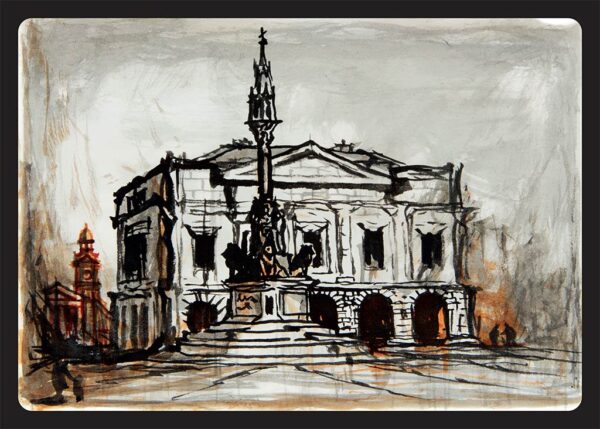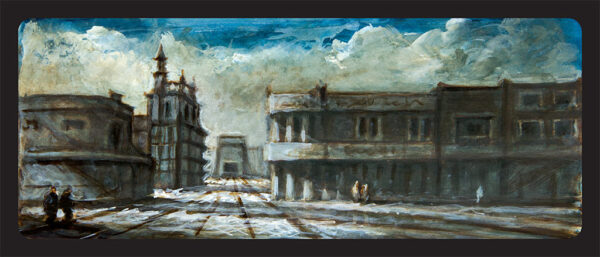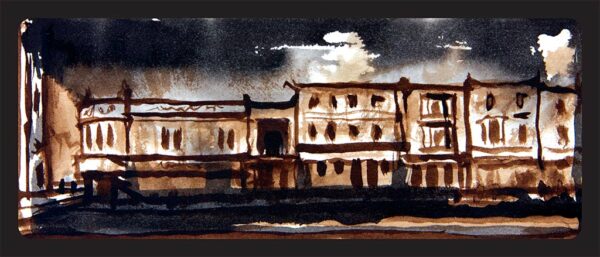Forming part of Havering Riverside and bordering the Thames just west of Purfleet, are the Aveley, Wennington and Rainham marshes.
The artist Anna Keen is Wandering the Wilderness for the Totally Thames Festival 2022 in the RSPB Rainham, 18 miles from central London. Her Road-Signs are artistic waypoints set outdoors in the landscape and hidden in the wooden bird-hide. The strangely beautiful architecture of their iconic, carbon neutral building and cafe is set like a jewel in this urban fringe environment of Outer East London. Attracting people to the marshes to watch its 250 species of birds and walk in its ancient landscape, neither quite water or land, dominated from afar by the huge alien Rubbish-Mountain of Rainham landfill, which is too human for comfort.
There are many traces of Iron Age and Roman occupation in these marshes. Aveley is north of the river Mardyke (which as late as 1760 was tidal for about 5 miles). The remains of prehistoric elephants found there during gravel digging are displayed at the Natural History Museum in London.
In 1273 Aveley manor had a gallows and a rabbit warren. There were two ale-tasters from 1519 to 1686, plus a poundkeeper, responsible for catching and ‘impounding’ stray livestock in the common pound, a ducking stool and a whipping post. In 1773 Marshfoot House was leased as a workhouse. From 1806 Aveley, West Thurrock, and Rainham leased Noke House, Wennington, as a joint workhouse. Harry Noke of Upminster, by will proved in 1595, gave 20 lambs as stock to buy bread for the poor of Aveley and West Thurrock. In 1760, when the government was planning the powder magazine at Purfleet, an engineer reported that the Mardyke was very badly drained, mainly because the water mill at its mouth penned in the tides for 6 hours in 24. The mill was demolished in the following year. By the later 16th century the marshes were governed by a Court of Sewers whose jurisdiction extended from West Ham to Mucking. Aveley level, which formed part of that area, in 1563 ran from Rainham bridge to Grays’ bridge.
There was an extensive WW1 army training camp, a military hospital and the site of an anti-aircraft gun on the marshes. Purfleet Heritage and Military Centre is inside an enormous gunpowder magazine built in 1759 to store and supply the Navy and the Army. Their museum collection has a wide range of local history and military topics from the eighteenth century to the present day. On the RSPB site were the firing ranges. Huge structures with 8 huge 2m high wooden letters on each block. There were 5 blocks on Averly Marsh and 6 blocks on Rainham marsh. Both facing inwards towards each other, with markers every 100 yds for aiming. The numbers could be seen backwards from the A13 and in this surreal and desolate landscape, sometimes a number would blow away, a sign and a portent…”The night…is filled with bestial watchmen, trammelling the extremities and interstices of the timeless city, portents fallen…” Samuel Delany
Ferry Lane still leads over the marshes from Rainham bridge and Rainham Manor (now owned by the national Trust) down to where the ferry was moored at the mouth of Rainham Creek in front of Frog Island. The ferry would cross towards Jenningtree Point near Erith on the other side of The Thames. Between the Tilda rice factory (built in the 1980’s) and the landfill barge’s water-shed, are a whole fleet of scuppered concrete barges stranded on the mud. These were used as part of a Mulberry harbour during the Allied invasion of Normandy in 1944. The barges were utilised to shore up flood defences in 1953 but are now abandoned. Waste from London is brought up the Thames in barges and deposited in Coldharbour’s hinterland. Further along towards the RSPB, is Coldharbour Point, and both Little Cold Harbour and Great Cold Harbour are marked on a map from around 1560.
The London Loop is a walking route of about 150 miles that entirely encircles Greater London, beginning at Erith and ending on the opposite bank of the river at the RSPB visitor centre.
